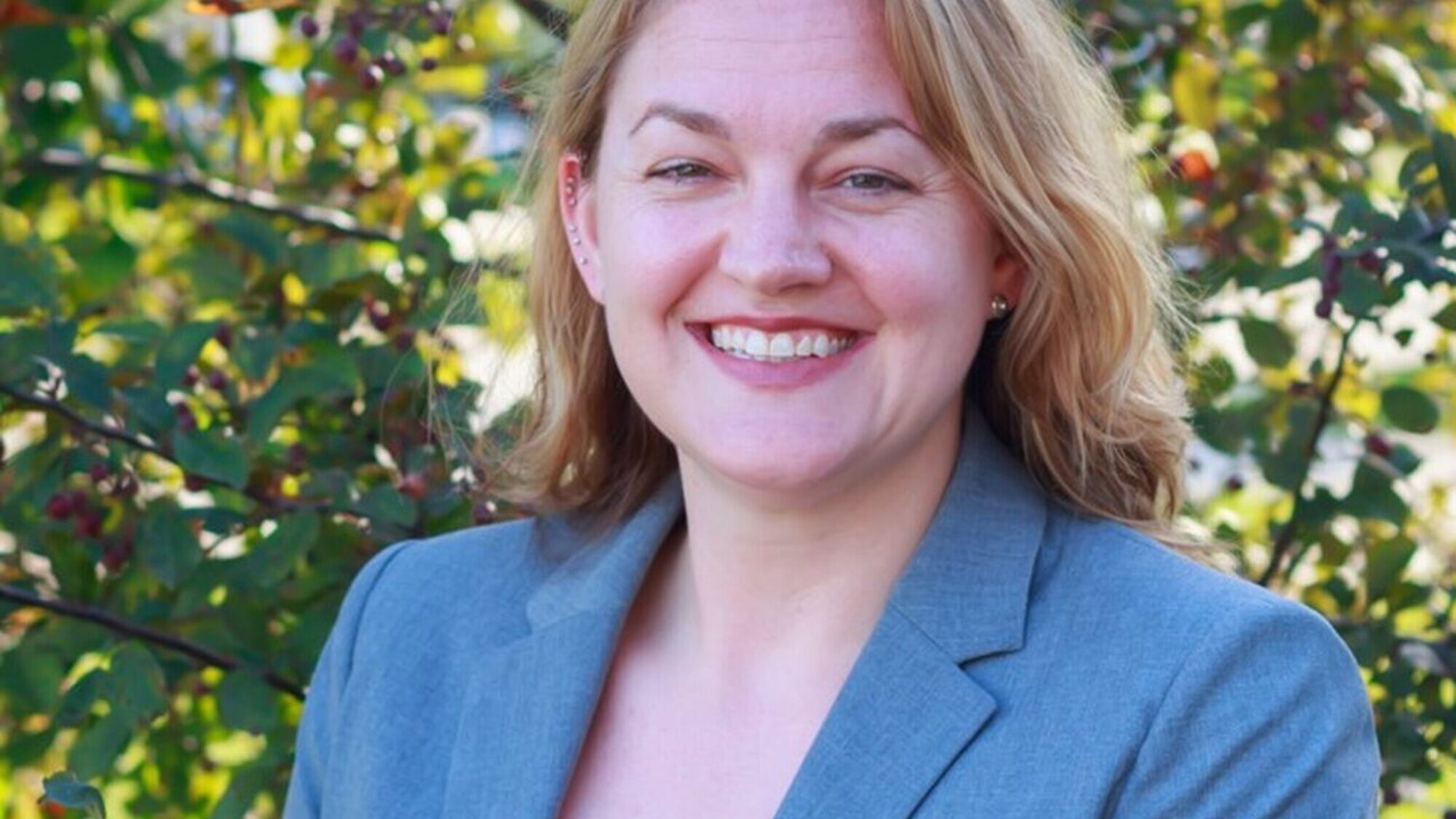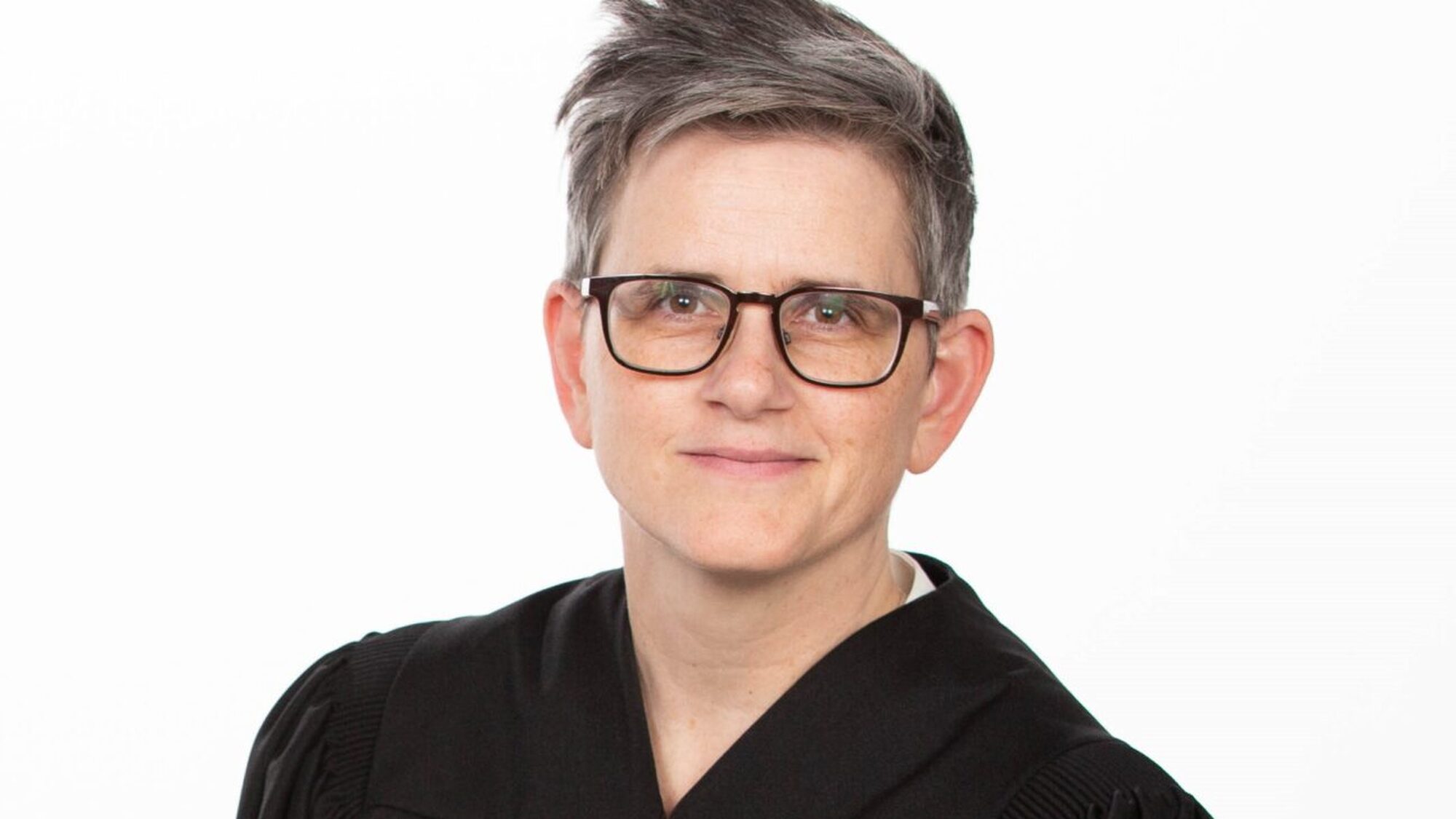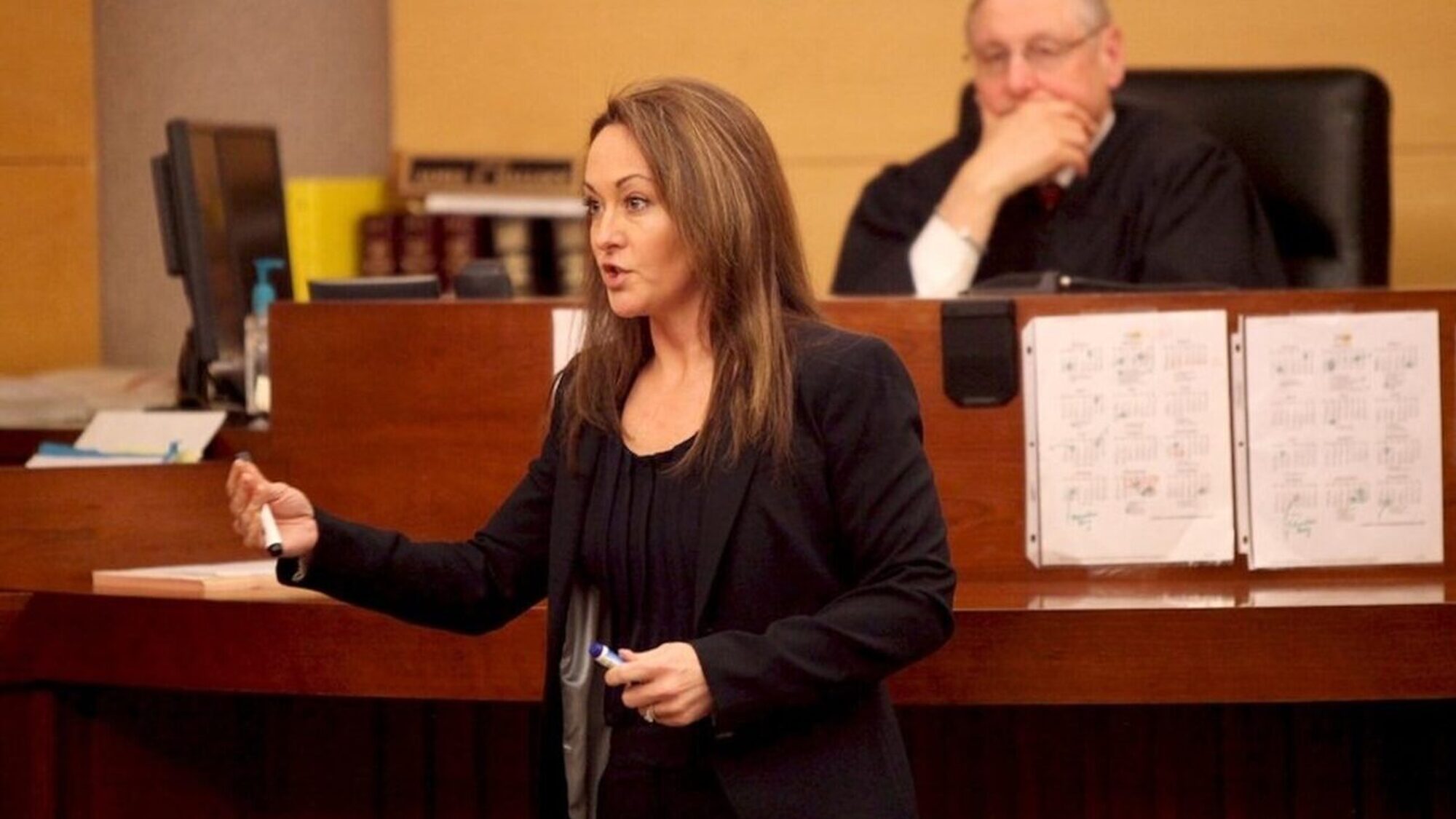Statewide pretrial system improvements through legislation can be transformative. But they require years of work. However, states and counties don’t need to wait for new laws to make meaningful change. Connecticut is demonstrating just that: The state is updating court rules within existing laws to advance pretrial justice and reduce the harm of financial release conditions.
Connecticut updated a little-used option allowing people to pay a 10 percent deposit on certain bonds to the court rather than a commercial bail bond agent. This change allowed people to receive a refund of the entire amount they had deposited at the successful conclusion of their case. Now, the state is reducing the deposit required and increasing the bonds eligible for this option.
The First Step
Until 2020, a 10 percent cash bond in Connecticut could only be set by a judge at a person’s first appearance hearing. People charged had to request this option, and it was up to a judge to grant it. As a result, use was very low.
That changed in 2019 when the Connecticut Sentencing Commission requested a new court rule be added to the Practice Book to allow more people a chance to make use of this option. The objective was to ensure people got their money back after their cases were resolved. People who use commercial bail bond agents do not receive their deposit back, even if they successfully attend court hearings.
The commission recommended providing all people whose bonds were $20,000 or less the automatic option of paying 10 percent to the court. For the first time, it also endorsed making the option available at police departments, expediting release. The rule change was approved and went into effect on January 1, 2020.
Since implementing the rule change, the commission has tracked data. The results assured commission members that the change was working, with court appearances and arrest-free rates similar to those of people who used a commercial bail bond agent. In 2023, they proposed expanding the rule change. As of January 1, 2024, people can pay 7 percent (reduced from the previous 10 percent) of a bond that is $50,000 or less (an increase from the prior $20,000.)
“The goal is to bring people a little closer to what they pay bail bondsmen. [Bondsmen] can charge less and do payment plans, so it’s not exactly one-to-one, but the idea is to make the payments more available so more people can get their money back,” said Alex Tsarkov, executive director of the Connecticut Sentencing Commission.
A Positive Impact on People’s Lives
The changes have significantly impacted lives. Nearly $6 million was returned to people between January 2020 and May 2023—money that otherwise would have been lost to commercial bail bond companies. The commission also found that most people had used the 10 percent option for low amounts, generally $5,000 or less. And of the financial bonds posted at police departments, almost 60 percent used the option to pay a percentage of the bond amount.
While the most recent rule change is a step in the right direction, commission members recognize there is more to do.
“I would never call this a best practice because I don’t think there is empirical support for tying pretrial release to an individual’s financial resources. That empirical basis doesn’t exist,” said Anna VanCleave, a commission member since 2015. “I think this moves us in the right direction, but the question is how to take money out of the pretrial release system altogether.”
Tsarkov agrees.
“Many practitioners can’t even imagine that you can have a system where the amount of money doesn’t play a role when [people] get detained. It’s mind-boggling because they haven’t seen it in practice and have not been exposed to that reality in other jurisdictions,” he said.
“…This moves us in the right direction, but the question is how to take money out of the pretrial release system altogether.”
A Foundation for Change
The Connecticut Sentencing Commission is an independent agency with 23 voting members, including a municipal police chief, judges, prosecutors, criminal defense counsel, commissioners of the departments of Correction, Public Safety, and Mental Health and Addiction Services, and a victim’s advocate. It provides guidance on proposals to legislators through testimony and research and submits recommendations to the Rules Committee of the Superior Court, which makes recommendations to all Superior Court judges.
Commission members are well-versed in the problems of financial release conditions. Years ago, then-Gov. Dannel Malloy charged the commission with studying the state’s pretrial systems, reviewing best practices, and making recommendations to the state legislature. The commission’s 2017 Report to the Governor and the General Assembly on Pretrial Release and Detention in Connecticut was a deep dive into current practices, with numerous recommendations for pretrial advancement.
“When the Sentencing Commission got involved, we worked on different areas of pretrial justice. We worked on statutory changes in 2017, have made several successful proposals to the Rules Committee of the Superior Court, and discussed moving away from money bond,” Tsarkov said, adding that the General Assembly made it more difficult to impose a bond in misdemeanor cases, and shortened the time between arrest and the first appearance hearing.
Tsarkov, who became the Connecticut Sentencing Commission’s first executive director in 2015, also educates future lawyers and policymakers. He is an adjunct professor at the University of Connecticut (UConn) School of Law and the School of Public Policy. While teaching future leaders, he may also be helping shape the futures of Connecticut residents who become involved in the justice system.
Tsarkov teaches a policy seminar in pretrial justice in which law students examine different parts of the legal systems in other states and countries, then work to craft a near-perfect system with elements from each. He says his students all agree that America’s pretrial system needs to be transformed.
“There’s a lot of work to do, and I think they see it,” said Tsarkov. “They might be frustrated with the speed of reform and lack of reform in some areas. That’s a start. Planting the seed for future leaders is important. Most will stay in Connecticut, and hopefully, they will be a new generation of criminal justice leaders who will take us in a new direction.”
He teaches alongside Anna VanCleave, who, in addition to serving on the commission, is director of the UConn School of Law Criminal Defense Clinic. She was instrumental in providing testimony to the Rules Committee.
“The students critique the system. But they also identify and raise real questions about how we think about risk in the criminal system and risks related to the overuse of pretrial detention and the release of people who go on to commit other crimes, and they look at the system from the perspective of all stakeholders, including the communities impacted,” said VanCleave.
A Focus on Future Improvements
The commercial bail bond industry fought the new rule and is expected to continue doing so because members’ livelihoods are at stake. The rule does not put them out of business, as those with bond amounts over $50,000 or needing a payment plan may still turn to bondsmen. Nonetheless, the industry—with upwards of 1,000 bonding agents—insists that community safety is at stake without their involvement.
“The commercial bonding agents don’t need to be a part of this picture when courts are perfectly situated to do the work that the agents had been doing in the past,” said VanCleave. “Creating this option of making deposits with the court and getting deposits back at the conclusion of the case highlights the irrationality of the financial release conditions system to start with.”
Connecticut still faces a need to address racial disparities. Research has found that people of color have disproportionate system involvement, are more likely to live in poverty, are charged more severely, and are given higher bonds than their white counterparts. In part, because financial conditions of release continue to play a role in who is released and who is detained in Connecticut, racial disparities in detention are likely to persist.
“Whenever people are released and detained through this mechanism of money bonds, you’ll always have people who can and cannot post bond. Unfortunately, in this country, this has been correlated with race and poverty,” Tsarkov said. “You have this system where some people who are detained on low bonds should be released, and some should be detained because of serious crimes, but they have the means and can purchase their way to freedom.”
Tsarkov said while the Commission is carefully tracking data, it’s too early to tell if the 10 percent cash bond option has helped lessen racial disparities.
“The 10 percent cash option doesn’t solve all pretrial issues,” Tsarkov said. “We have always said this is not a permanent solution. If you don’t have any money, you’ll be detained no matter what the bond mechanism is. There is a historic correlation with income and poverty. Ideally, money shouldn’t play any role in who gets released and detained.”
About the Author
Zerline Hughes Spruill writes about justice and has been published in USA Today, Ebony, and the Juvenile Justice Information Exchange.






